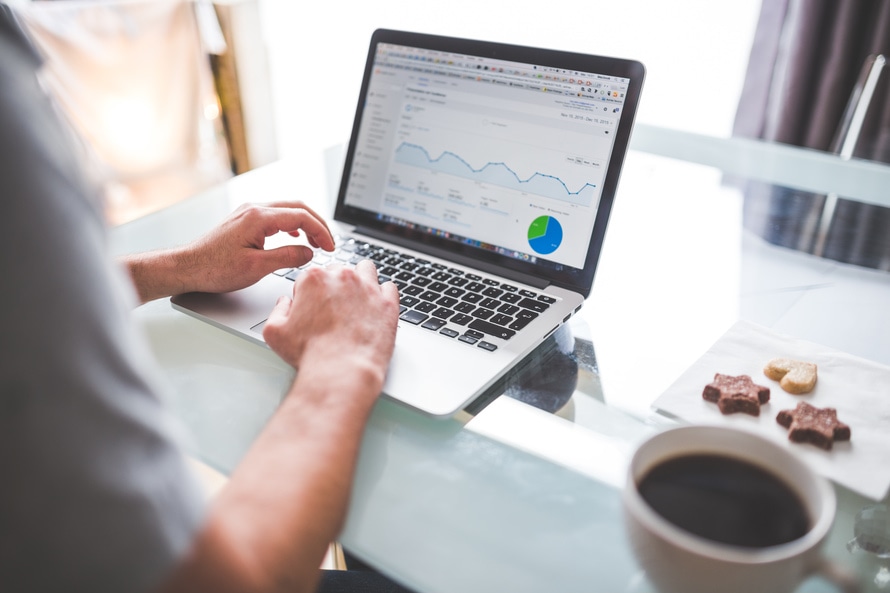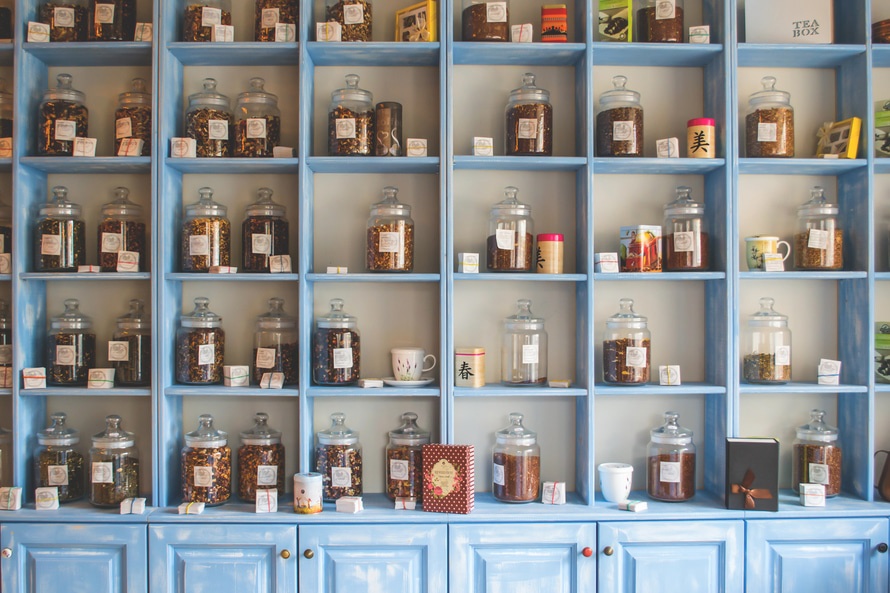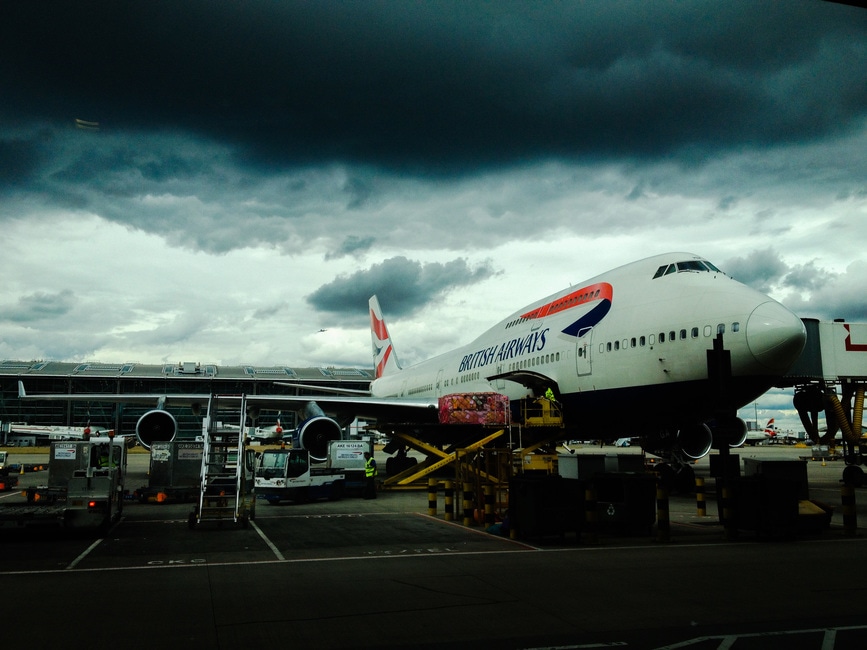Businesses are implementing the Internet of Things. There are not too many cases of big retailers implementing some pilots and incorporating projects in their stores. Today, you will read a list of Top IoT projects implemented in retail and how your business can get started with it today. By the end of this post, you might be impressed with the number of things you can start doing.
Beacon
This technology enables devices to alert apps and websites where people landed before when the user approaches a certain physical location. Then, the retailer can push messages for promoting or sharing contextual content with the user. Just imagine going to a shopping mall and receiving automatic emails from vendors near you.
Basically, beacon technology allows you to send promotions, coupons and more stuff the people, when by your store, to their mobile phones. With more creativity, planning, and strategy, you could build a lovely loyalty program for recurrent customers based on their shopping history or send specific content to people when they are in front of a shelf.
Customer mapping
Nowadays, stores are hiring marketing research firms that hire a “mystery shopper” to manually track the amount of people walking by certain areas. If we compare this practice with IoT solutions, it seems expensive and primitive. Locating sensors in different places will let you extract insights like:
- How many people are walking in specific hours, weeks and months
- The most popular areas people pass by
- Where people stop to see the merchandise
And so on. At the end, we can get actionable insights for merchandising smarter decisions. Now retailers can use heat maps for visualizing the hottest areas where customers walk by and stay.
Customer tracking
In each blog post, we highlight the relevance of connecting things. This is not an exception. You could deliver very tailored marketing campaigns by connecting purchase history, customer behavior at physical stores, and online behavior. At the end, you will identify information you would have never consider otherwise and know who is visiting your store — name, likes and average purchase — to deliver a highly personalized customer service.

Smart signages
One of the most avowed advantages of digital channels is the availability to serve very targeted ads. Do you remember those web banners you ignore on websites? They are served to you based on your search queries and content consumption behavior. Physical stores can program signages to serve different ads based on factors chosen strategically. Options are unlimited, and criteria could be based on amount of people, weather, hour, location, etc.
Smart shelves
There are very low-cost details that can skyrocket customer service. For example, having enough stock of a certain product. Smart shelves are shelves equipped with sensors connected to an IoT platform, which will alert you when stock is missing and send a request to your supplier if necessary.

Price tags
Did you know that some stores change their prices every day? It sounds risky and unfair, but that actually could help to increase your profits and customer retention. If done well, dynamic price tags could encourage customers to change purchase behavior and keep buying in your store.
Supply chain
Tracking smartly has several advantages that will save more time and money that you can spend on analyzing and making decisions. Have you thought about the amount of money each lost unit represents for your company? IoT in retail would significantly reduce this issue as you can know exactly where your assets are and be notified if something is missing.
We waste about one-third of the food before it’s prepared for human consumption. It’s simply unbelievable. Imagine how more affordable, or more importantly, how many people could have access to an optimal diet with proper food distribution.
IoT is surely changing the world we live in by reducing merchandise loss. It can track the whole supply chain to identify where leaks are affecting product quality and even notify companies before it’s too late. Think about this: people cannot track more than one thing at a time for more than a few hours. Sensors, for instance, can do it all the time and also track many variables, such as temperature, humidity, heat, and so on. Today, with the right platform, hardware, technical, and strategical teams of people could solve this problem.

Wrap up
Retailers who jump to the other side by implementing IoT will be able to identify more ways to generate income and where resources are being wasted. If you switch to IoT, you will be one step closer to knowing who your customers are and what they really want. You can start implementing IoT solutions for retail by using Ubidots IoT platform, for free.

